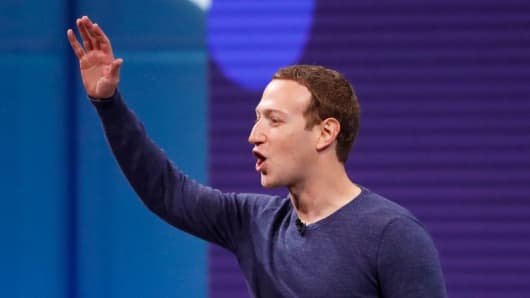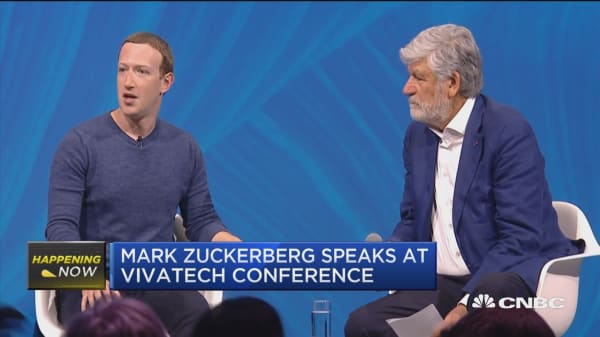Journalism is under attack from every corner.
Donald Trump has been attacking the industry ever since he started running for president in 2015, and single-handedly popularized the term "fake news." On Wednesday, he was joined by Tesla CEO Elon Musk, who went on an anti-media tirade to his nearly 22 million Twitter followers, telling them that journalists are under pressure to "get max clicks" and that he wanted to start a new site to rate the credibility of media organizations.
But these are outright attacks that seem designed to intimidate outlets from pursuing hard stories and to dissuade readers from believing unfavorable coverage.
Facebook, which has been trying to portray itself as a friend to digital publishers for the last few years, has a more insidious problem. At an institutional level, the company does not seem to understand or value journalism.
On Wednesday, Facebook made a video explaining how the company is fighting fake news.
In the video, a Facebook data scientist named Eduardo Ariño de la Rubia draws a chart separating internet content into four quadrants based along two axes: the horizontal axis is how accurate a piece of information is, and the vertical axis measures how intentionally misleading it is.
The point of the presentation was that Facebook is trying hard to crack down on stories in the upper-left quadrant: false information that was intended to mislead. Ariño de la Rubia labels this material as "hoaxes."











